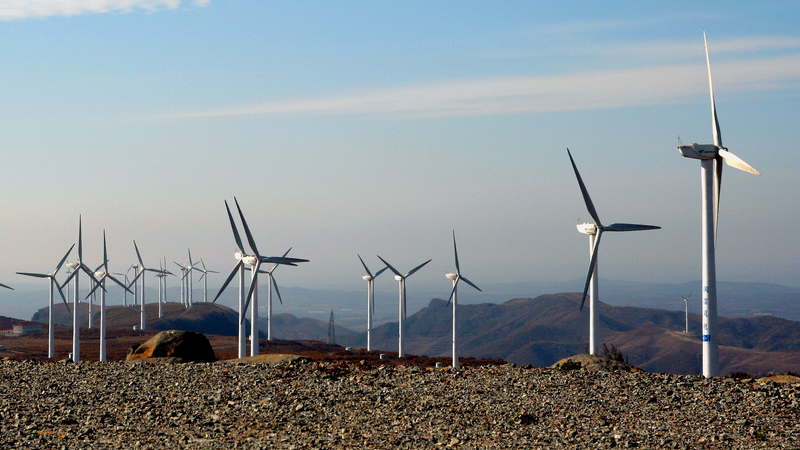A record-high of $35.2 billion was invested in climate finance in 2017 by the world’s six largest multilateral development banks (MDBs), new figures show.
Finance was up 28% on the previous year according to a joint report published by a group of MDBs on Thursday. “Collectively, [the banks] have committed almost $194 billion in climate finance during the past seven years in developing and emerging economies,” the report says.
According to the report, a third of mitigation finance went towards renewable energy and a fifth on energy efficiency and low-carbon projects.

(Source: MDB 2017 climate finance report)
“Multilateral Development Banks are playing a key role in leveraging private sector finance which will be critical to meeting the objectives of the Paris Agreement,” said John Roome, World Bank senior director for climate change.
The Latin America and Caribbean region received the most funding, with $7.2bn over the year, or 20% of the total. Sub-Saharan Africa received 16%.
As part of the Paris Agreement, developed countries were urged to scale-up their level of support with a concrete roadmap to achieving the goal of mobilising $100 billion per year in climate finance by 2020 for climate action in developing countries.
Not all of the cash given out by MDBs ends up in developing countries. The European Investment Bank (EIB) in particular supports projects inside Europe. Poland alone received more than 5% of the total finance over the past three years, despite being defined as a high income country.
If you like what we do, support us
Become a CHN patron for as little as $5 per month to help us keep bringing you the most in-depth coverage of climate politics and underreported stories from around the world.
We have set up a Patreon account. It’s a simple, safe and easy way for you to become part of a community that will secure and guide our future.
Thank you!
Further, what counts as climate finance is hotly debated. 81% of the finance recorded by MDBs in 2017 was given as loans, while just 4% came from grants.
Finance should act as compensation for the emissions that developed countries put out, according to Mattias Söderberg, senior advocacy adviser at NGO DanChurchAid.
“The logic behind loans is a contradiction in terms of climate finance,” Söderberg told Climate Home News. “It’s important to agree on what kind of money to count, otherwise the promise of $100bn will be empty.”
“Climate finance is absolutely one of the most important elements of the Paris Agreement. Everyone can agree that we need to take climate action, but as soon as you talk about who is going to pay, there’s a problem,” he adds.
A spokesperson for the EIB said 25% of all their lending would support climate action. On the subject of whether loans should be counted as climate finance, he said that it was not for them “to comment on the methodology” of the report.

(Pic: MDB 2017 climate finance report)
Climate mitigation projects, aimed at reducing harmful emissions received 79% of the funding, while the remaining 21% was invested in climate adaptation projects that help economies deal with the effects of climate change, flood defences, or drought-resistant crops for example.
“We have to make sure on our side that the level of adaptation investment is increasing,” said the spokesperson for the EIB, which was the second biggest lender in the report.
The EIB said that 25% of all their lending would support climate action. On the subject of whether loans should be counted as climate finance, the bank said that it was not for them “to comment on the methodology” of the report.
MDBs began publishing their climate investment in developing countries and emerging economies jointly in 2011, and in 2015 MDBs and the International Development Finance Club agreed on joint principles for tracking climate adaptation and mitigation finance.
None of the six biggest banks is fully in line with the 1.5-2C global warming limit agreed in Paris according to an E3G report published in May. MDBs pledged to align their financial flows with the Paris Agreement goals in December 2017.
